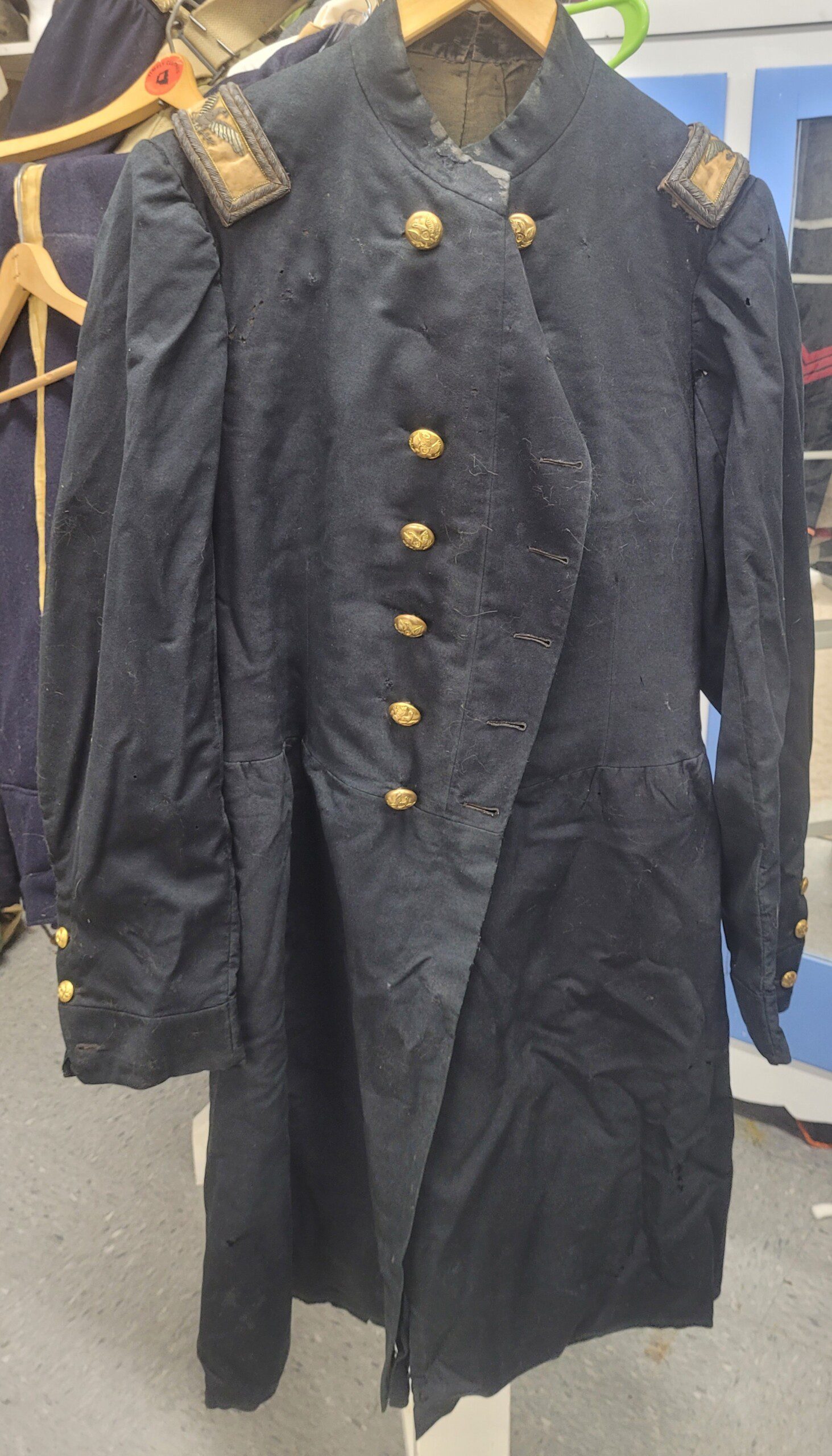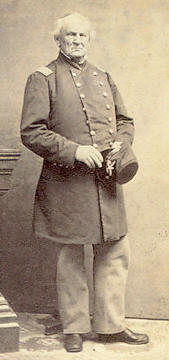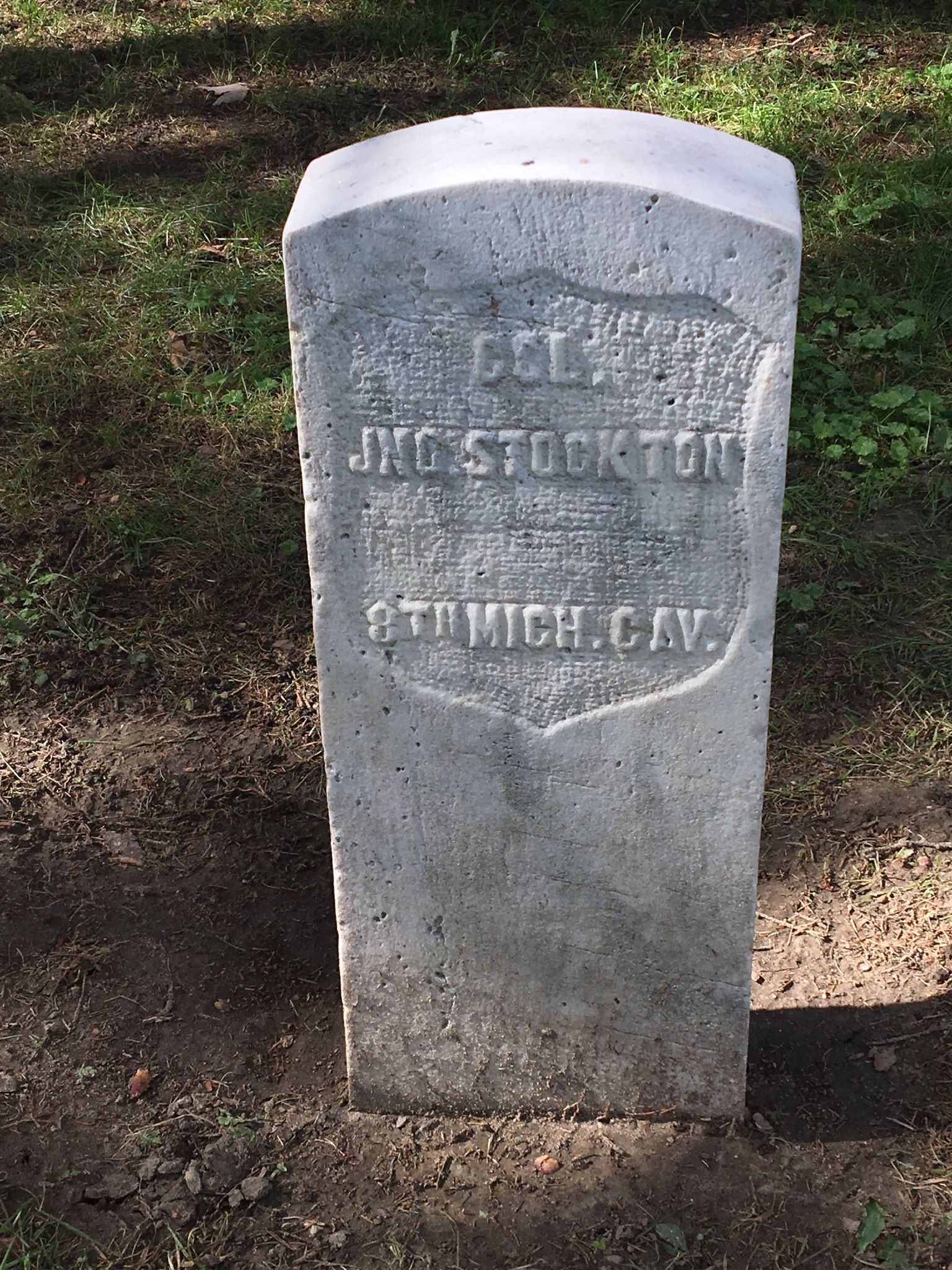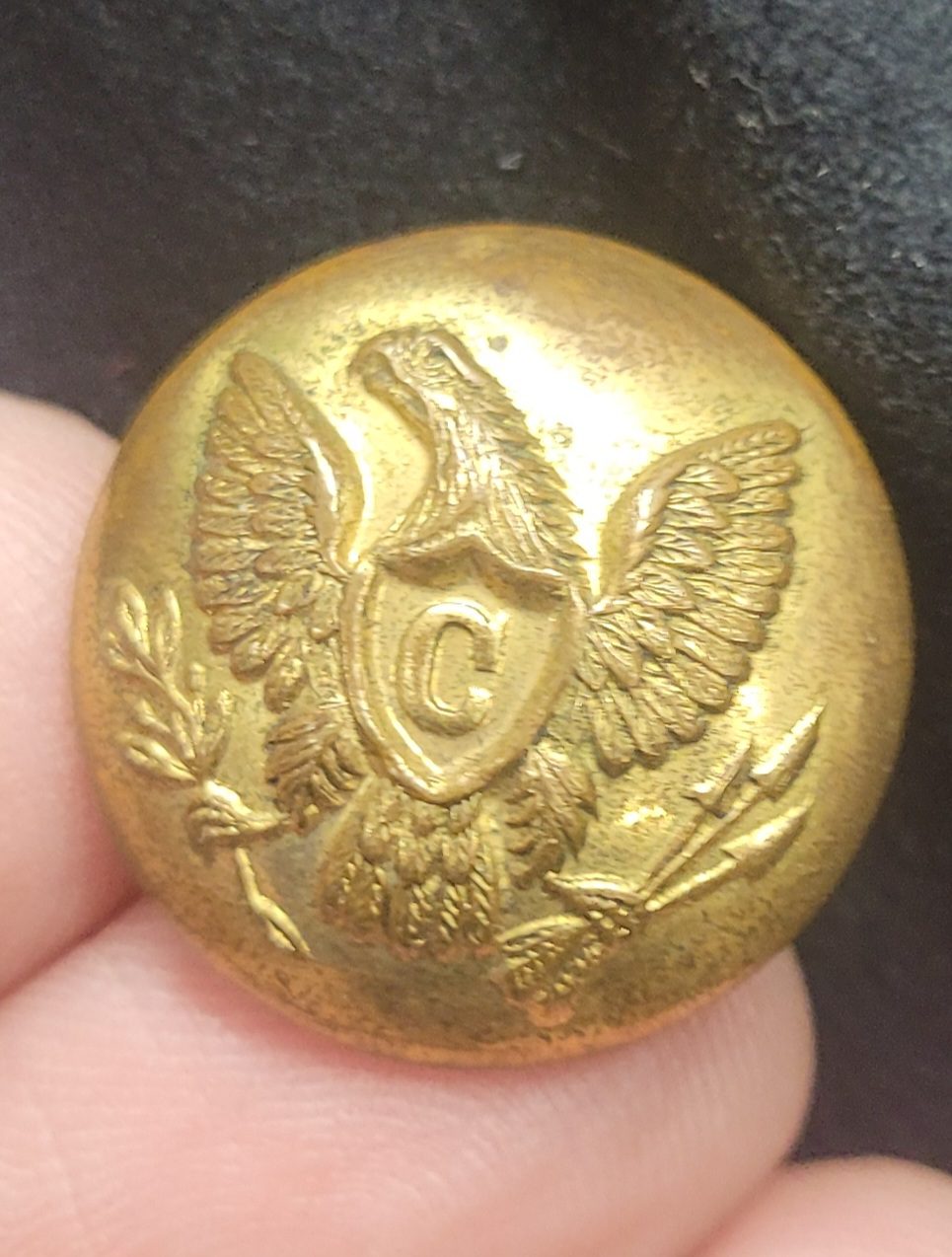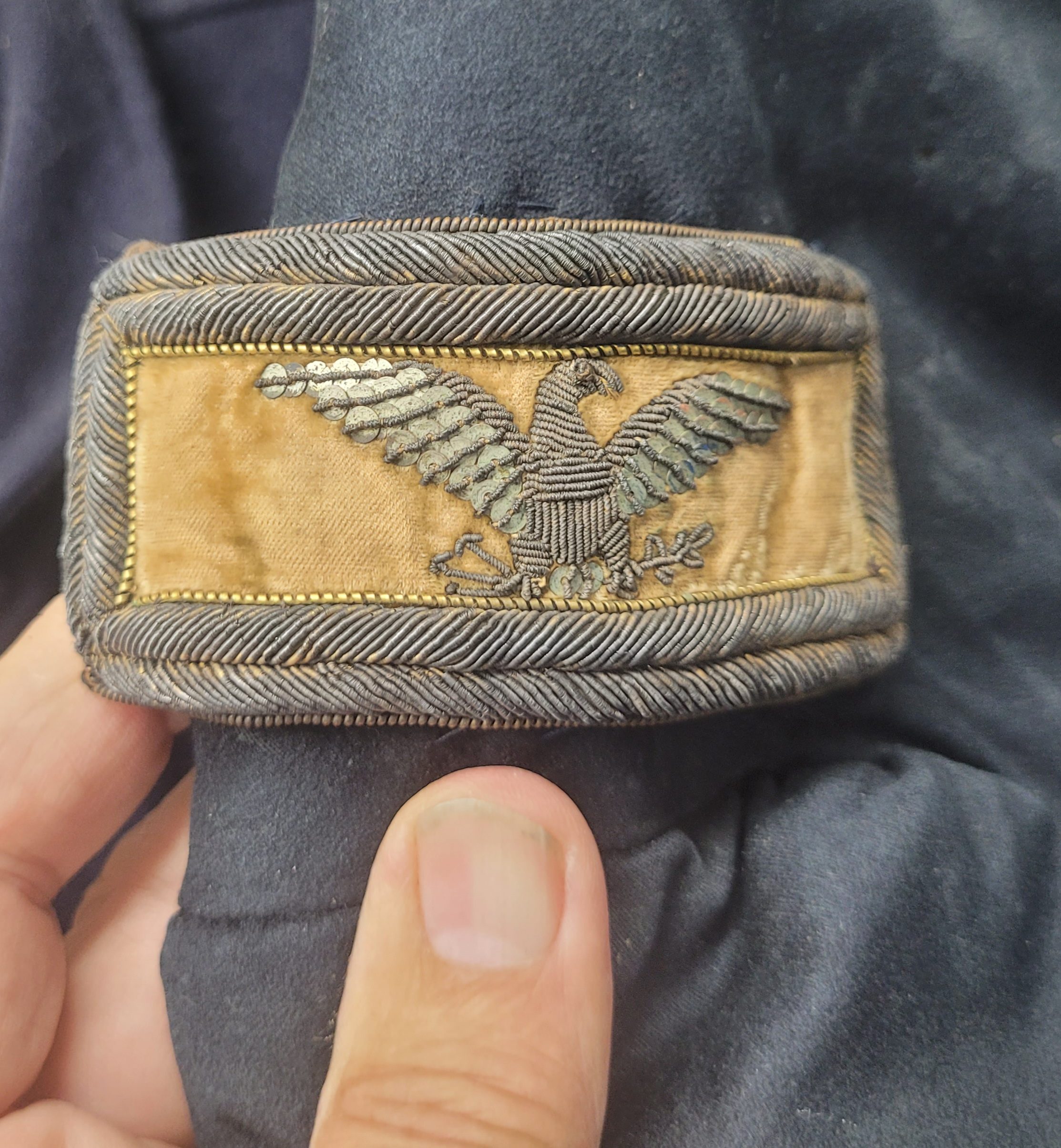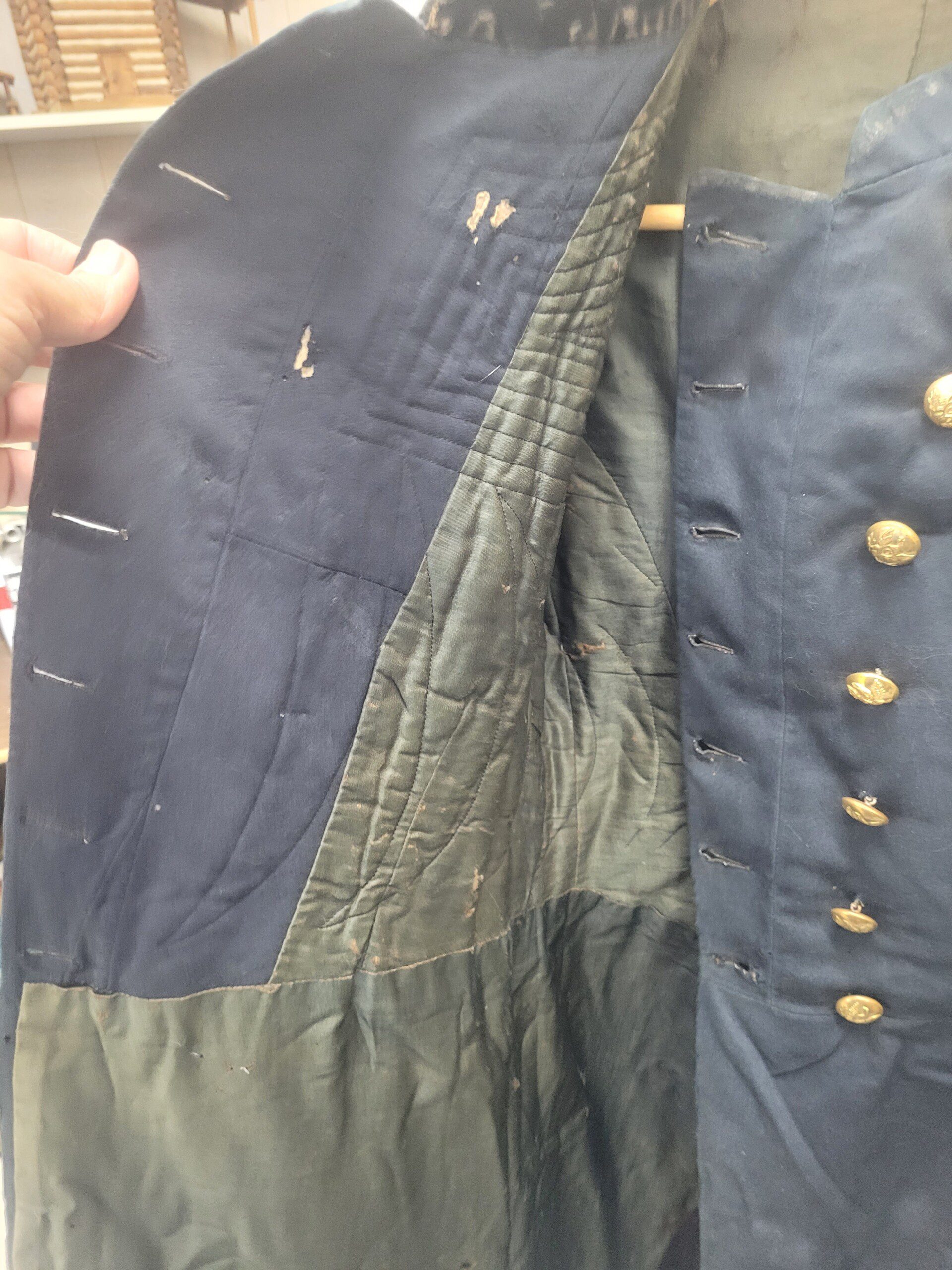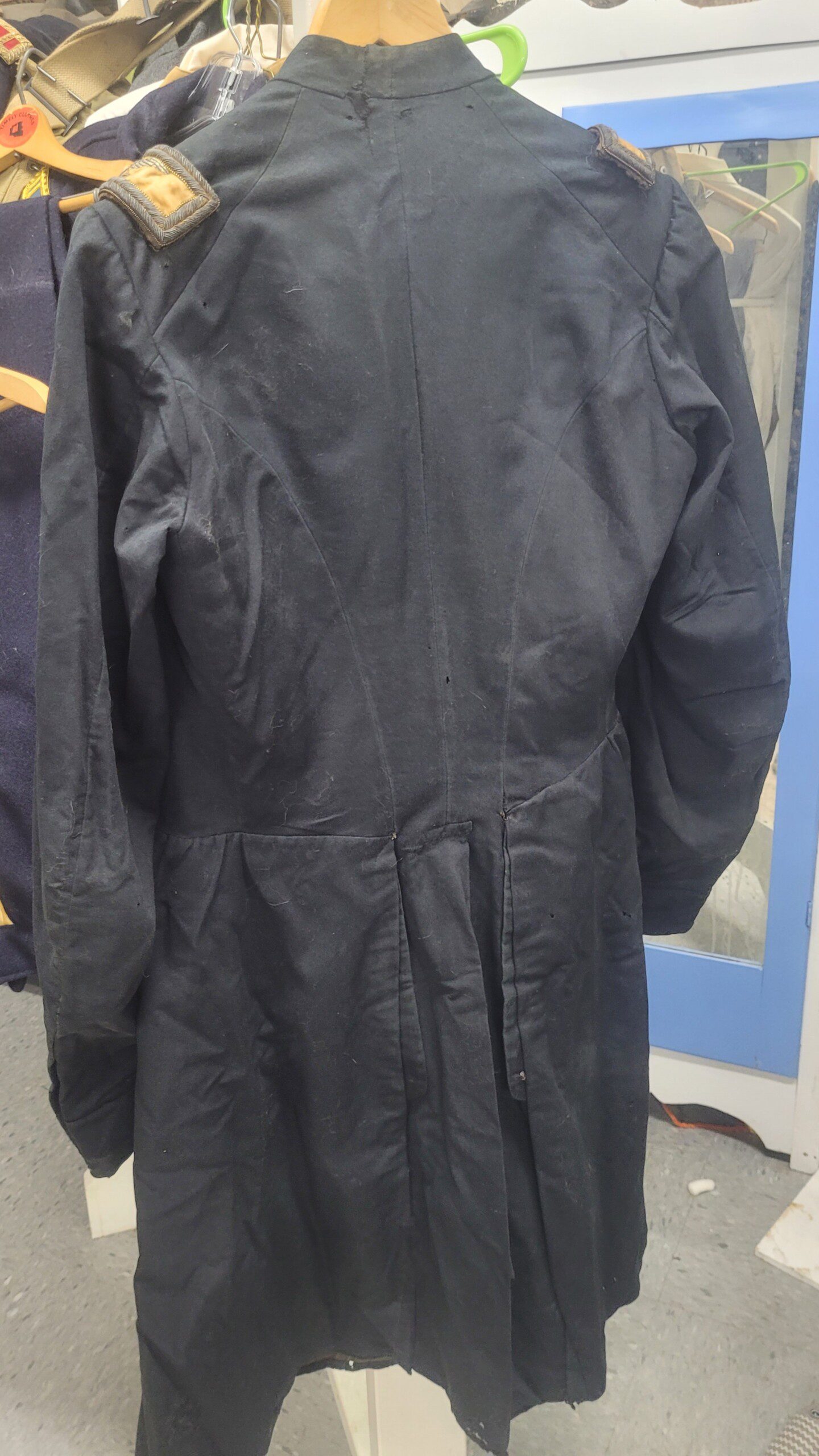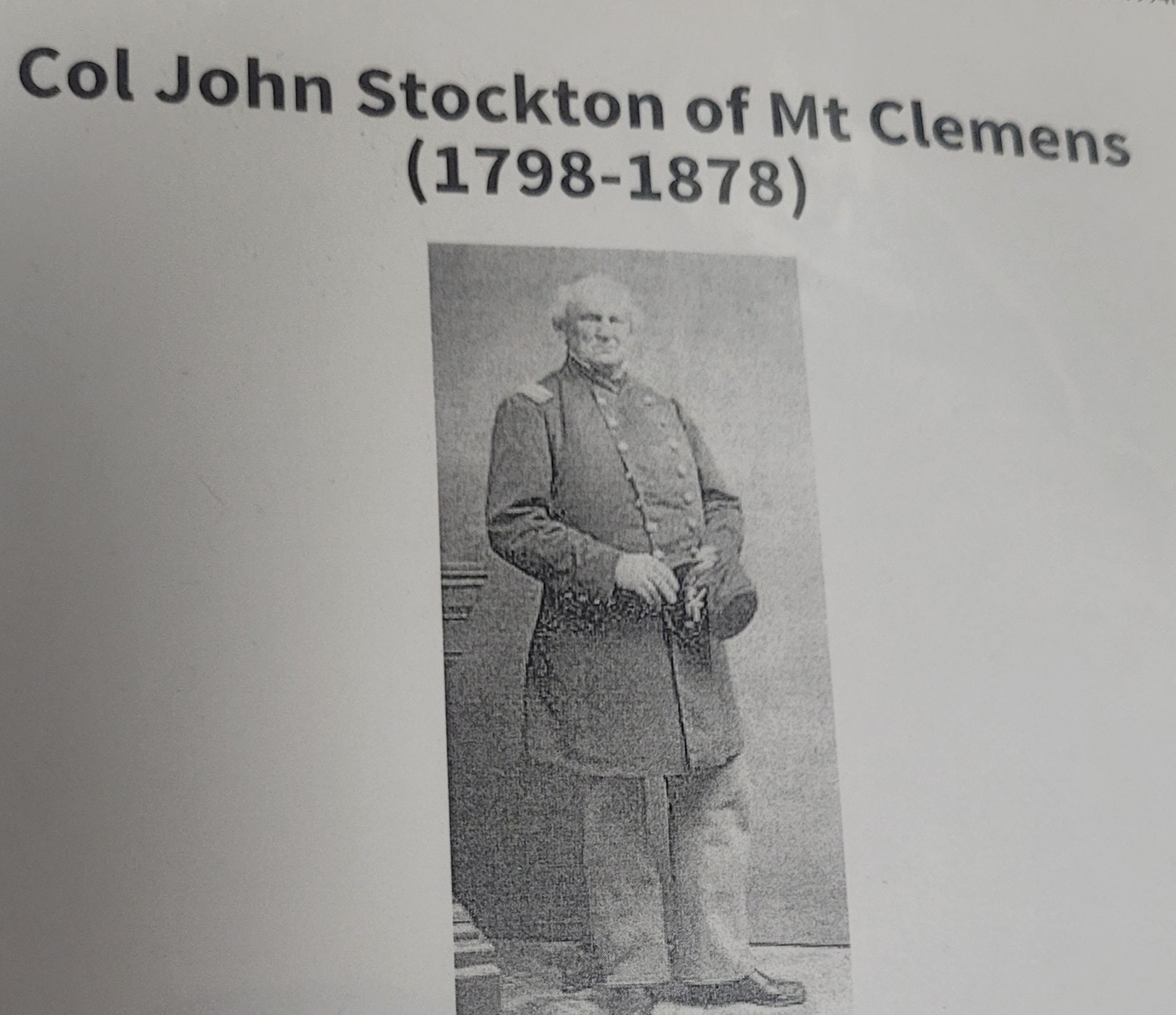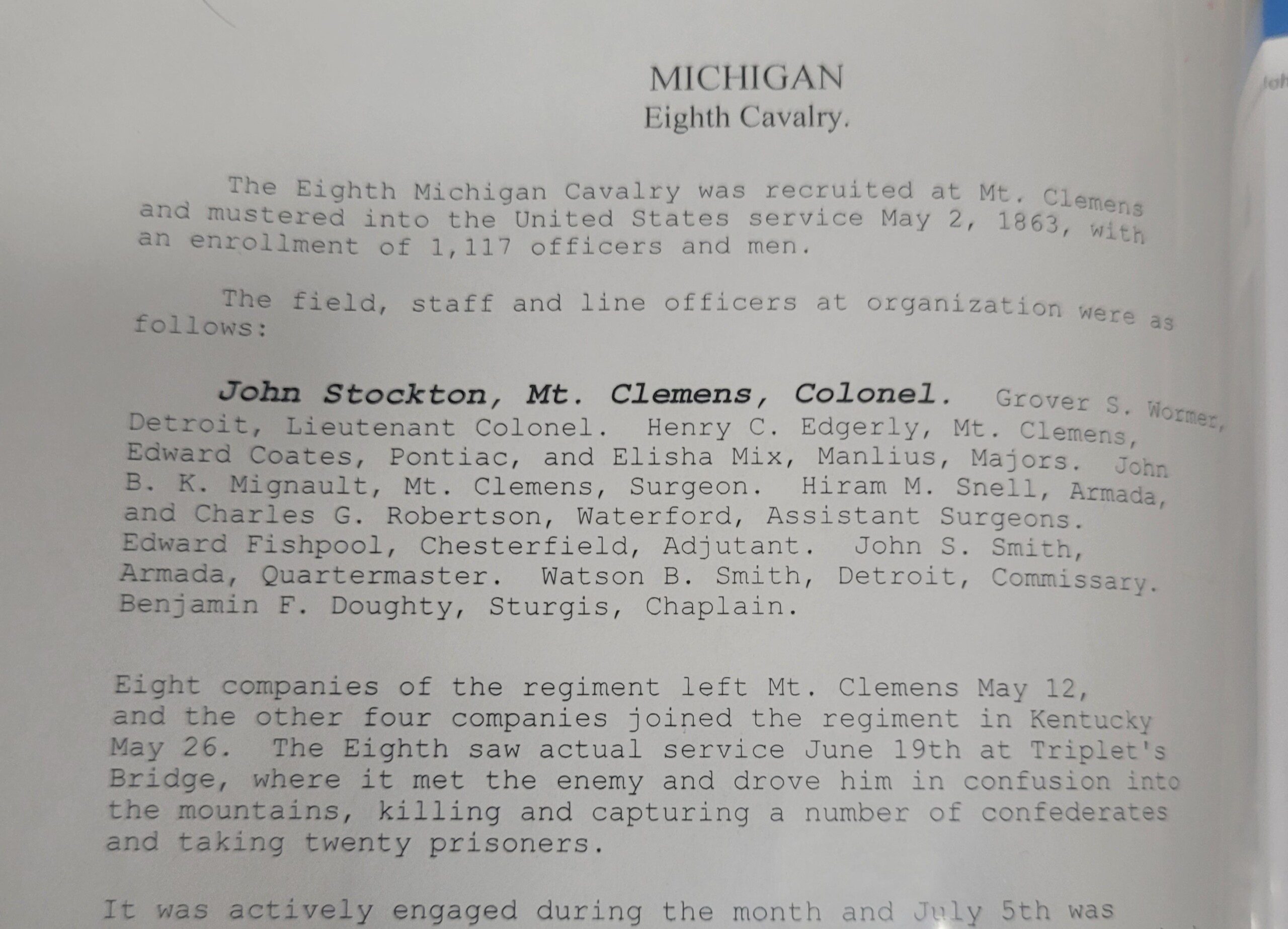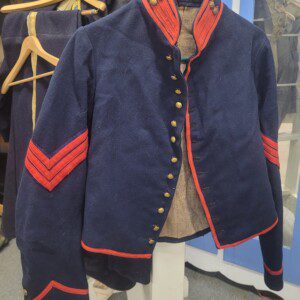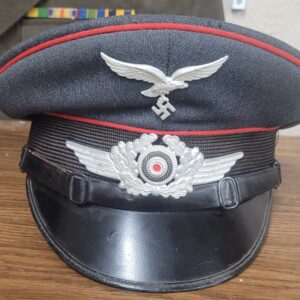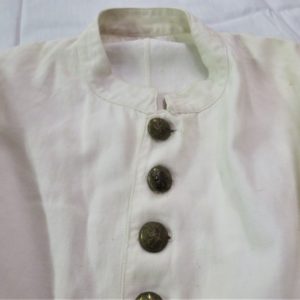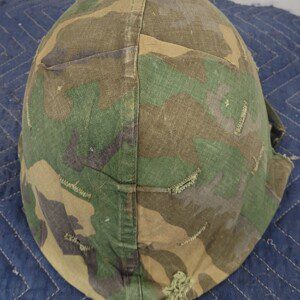Description
This fine early War frock exhibits not only “C” cavalry officer buttons, but also a fine set of double embroidered shoulder bars. It was sold by the noted Ohio dealer Jim Frasca in the mid-1990s and has idled in a collection since then. The accompanying paperwork gives the history of the owner, Col. John Stockton, who commanded the 8th Michigan Cavalry.
The coat shows field wear and use and is missing a few buttons, as shown. Cavalry colonel frock coats are beyond rare!
John Stockton (December 24, 1798 – November 21, 1878) was an American soldier, pioneer, and territorial legislator.
Born in Lancaster, Pennsylvania, he moved with his family to a farm in Chillicothe, Ohio. During the War of 1812, Stockton served in the United States Army. In 1815, Stockton served as private secretary to Lewis Cass, Governor of Michigan Territory. In 1817, Stockton settled in Mount Clemens, Michigan. Stockton served as clerk, register, and justice of the peace of Macomb County, Michigan. Stockton served in the Michigan Territorial Council from 1824 to 1831 and then 1834 to 1835. He was a Democrat. Stockton also served as postmaster of Mount Clemens, Michigan. Stockton served as an officer of the 8th Michigan Volunteer Cavalry Regiment during the American Civil War. Stockton died in Mount Clemens, Michigan.
Eighth Michigan Cavalry. — Cols., John Stockton, Elisha Mix; Lieut. -Cols., Grover S. Wormer, William L. Buck; Majs., Henry C. Edgerly, Edward Coates, Elisha Mix, Nathan S. Boynton, Watson B. Smith, Darwin D. Buck, James A. Strong. This regiment was organized at Mt. Clemens in 1862, and was mustered in May 2, 1863. It left the state by detachments, the first, consisting of eight squadrons, leaving May 12, and the second on May 23. The regiment reported at Covington, Ky. It was engaged in skirmishes at Triplett’s bridge, the Kentucky river and Salt river, capturing many prisoners and horses. In the pursuit of Morgan it was in action at Lebanon, Lawrenceburg, Salvisa, Buffington island, Winchester, Salineville, Lancaster and Stamford. At Buffington island it captured 573 of Morgan’s cavalry with horses and equipment. A detachment under Lieut. Boynton was at Salineville with Maj. Rue, when Morgan surrendered his forces, the guidon of Co. L, 8th Mich. floating over the heads of Morgan and his officers when the terms were made. The regiment was then sent to Tennessee and was engaged at Kingston, Cleveland, Calhoun, Athens and Loudon. At Athens the oath was administered to 1,500 Confederate soldiers and a large number of citizens.
The regiment was next engaged at Philadelphia, Sweetwater, Lenoir’s station, Campbell’s station, Knoxville, Nov. 18; Rutledge, Bean’s station and New Market, and was complimented by Gen. Burnside, in special orders for bravery and valuable service rendered. In the early part of 1864 it was engaged at Mossy creek, Dandridge, Fair Garden and Sevierville. It moved to Knoxville on Feb. 3, turned over its horses and marched on foot to Mt. Sterling, Ky. It was in camp at Mt. Sterling and Nicholasville until June 3, when it was remounted and started for Big Shanty to participate in the movement on Atlanta. It was engaged at Kennesaw mountain, Sweetwater, the Chattahoochee river, Moore’s ridge, Covington, Macon and Sunshine Church. At the last named place the entire force under Gen. Stoneman was surrounded. Stoneman decided to surrender, but gave permission to any of the forces to cut their way out if they could.
The 8th, under Col. Mix, made the attempt and though a few, including the colonel, were captured the remainder forced their way through by desperate fighting. In attempting to reach the Union lines at Atlanta the regiment met the enemy at Eatonton and at Mulberry creek, where, after a severe engagement, many were captured, the total loss being 215. Those who escaped were stationed at Marietta and Turner’s ferry on picket duty until Sept. 14, when they were ordered to Nicholasville, Ky., thence to Nashville, which place was reached Oct. 26. The 8th was engaged near Waynesboro, and near Henryville a battalion that had been cut off by the enemy fought its way through and joined the regiment, which had performed valorous work, repelling an assault and arresting a stampede of two Union regiments. It was engaged at Mount Pleasant and at the Duck river, where it was surrounded by the enemy in large numbers, but with the 14th and 16th Ill., charged with bayonets, forcing a way through in gallant manner. It was at the battle of Franklin, where a desperate attack was repulsed, and was in reserve in the movements around Nashville in December.
It was ordered to Pulaski in Jan., 1865; was engaged in scouting and suppressing guerrillas until Sept. 21, and was mustered out Sept. 22, 1865, at Nashville. Its original strength was 1,117; gain, 1,908, including 513 transferred from 11th cavalry; total, 3,025. Loss by death, 321.
